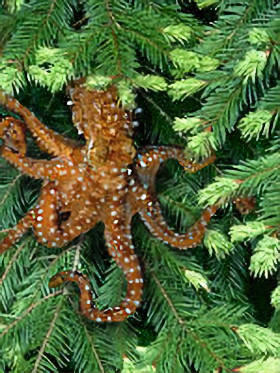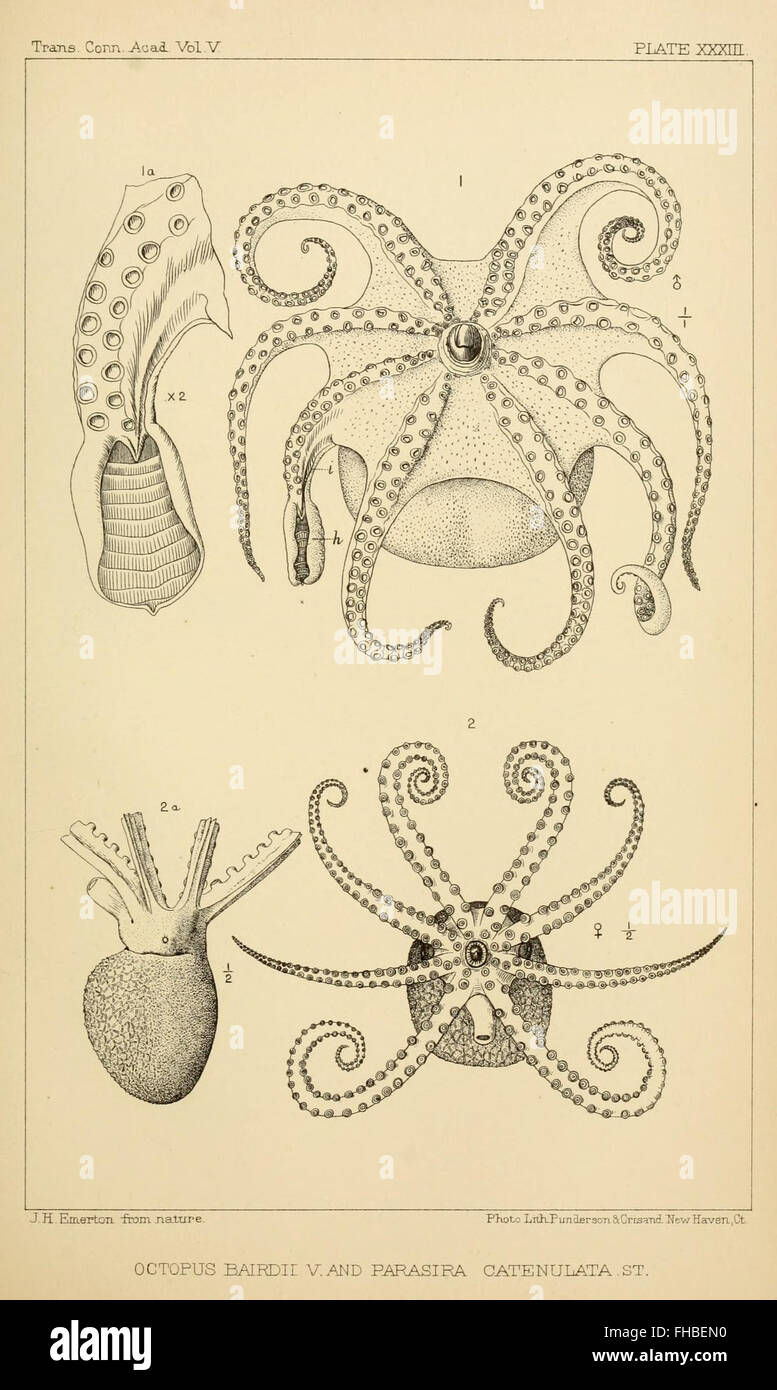Is the North American Pine Squid a real creature? A bold statement to consider is that while many have claimed sightings, there exists no scientific evidence to support its existence. This enigmatic being has captured the imagination of internet users worldwide, sparking debates and discussions about its authenticity.
The concept of the North American Pine Squid originated as part of an elaborate Internet hoax, much like its cousin, the Pacific Northwest Tree Octopus. The myth gained traction due to viral videos and social media posts that depicted this elusive forest-dwelling cephalopod. Despite its fictional nature, the fascination with the Pine Squid persists, fueled by creative storytelling and digital artistry. It's important to note that the Pine Squid does not belong to any known biological classification, nor has it been observed in natural habitats across North America.
| Species Name | North American Pine Squid |
|---|---|
| Status | Fictional |
| Habitat | Forests of North America (as per myth) |
| Creator | Internet Community |
| First Appearance | 2020s (Viral Content) |
| Reference | Snopes - Pacific Northwest Tree Octopus |
While the Pine Squid remains a figment of collective imagination, its cultural impact cannot be overlooked. Social media platforms such as TikTok and Twitter have played pivotal roles in spreading awareness—or rather, disinformation—about this mythical creature. Users often share humorous interpretations, blending science fiction with ecological themes. Some even speculate that the Pine Squid might represent humanity's desire to connect with uncharted territories, whether literal or metaphorical.
In contrast to the fabricated Pine Squid narrative, the American Pine Marten represents a tangible example of biodiversity within North American ecosystems. Classified under the genus Martes, these small mammals inhabit dense coniferous forests stretching from Alaska to Newfoundland. Unlike their fictional counterpart, pine martens are well-documented members of the Mustelidae family, characterized by their agile movements and carnivorous diet. Their presence contributes significantly to maintaining ecological balance through predation on rodents and other small animals.
Another interesting parallel involves the Pacific Northwest Tree Octopus, another product of online creativity conceived by Lyle Zapato in 1998. Although equally fictitious, the tree octopus serves educational purposes by highlighting issues related to media literacy and critical thinking. Teachers frequently utilize materials based on this hoax to teach students how to differentiate credible sources from misleading information—a skill increasingly vital in today's digital age.
As we delve deeper into these narratives, one must acknowledge the role technology plays in shaping modern folklore. What began as playful experimentation has evolved into complex phenomena capable of influencing public perception. For instance, the viral spread of North American Pine Squid content demonstrates how easily misinformation can propagate when shared without scrutiny. At the same time, such occurrences underscore the importance of fostering skepticism and analytical skills among audiences exposed to diverse forms of media.
Ultimately, the allure of creatures like the North American Pine Squid lies in their ability to inspire wonder and curiosity. While they may lack physical reality, their stories remind us of the boundless potential of human ingenuity. By examining these tales critically, we gain valuable insights into our relationship with knowledge, truth, and imagination. Whether discussing mythical squids or actual pine martens, understanding context becomes essential for appreciating the richness of both factual and fictional worlds around us.




